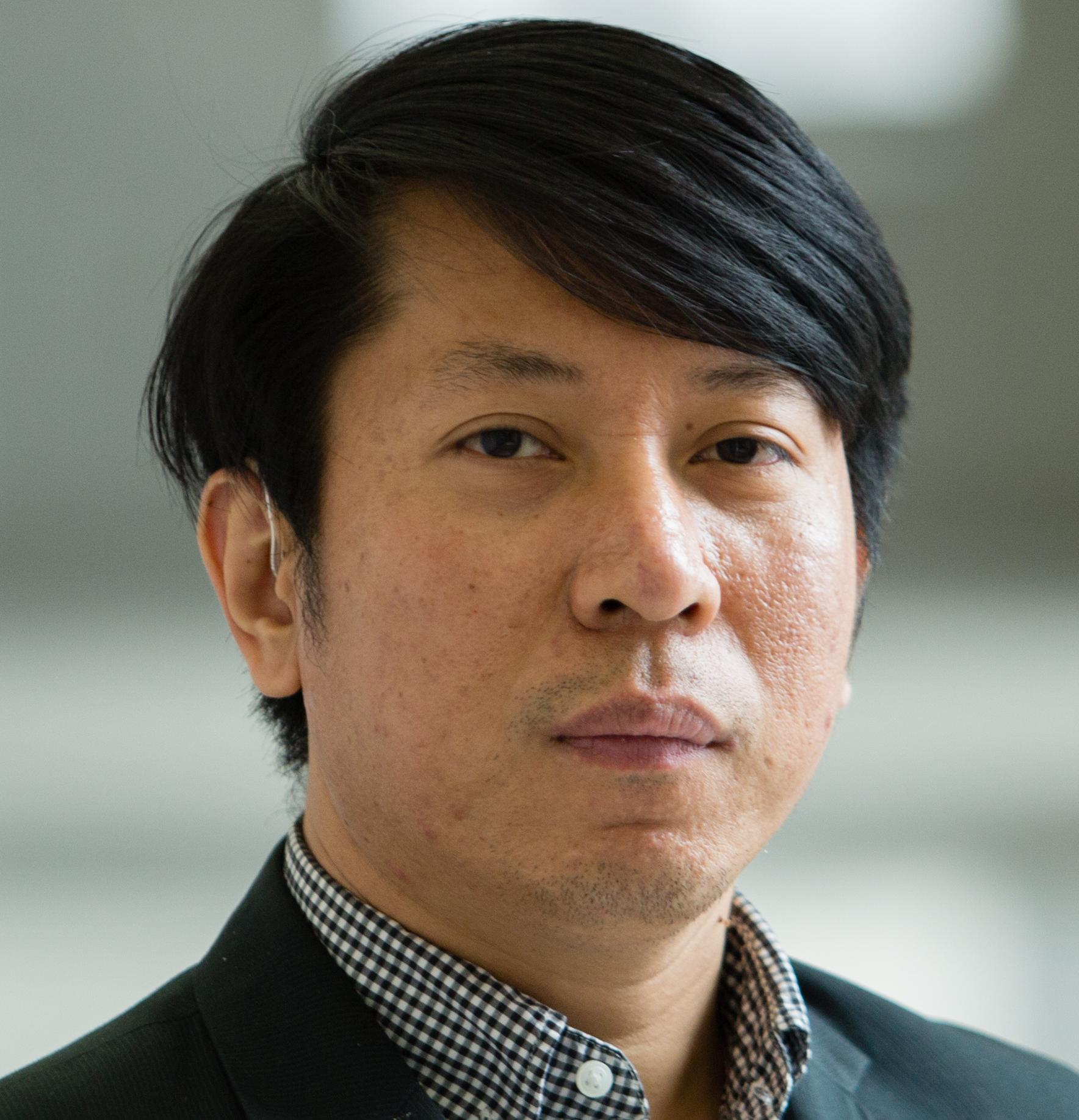The year 2014 marked the centenary of the outbreak of World War I, and the 25th anniversary of the end of the Cold War. It featured the simultaneous rise and interaction of several hot-button issues as well as flux due to the reconfiguration of national, regional and international orders in the aftermath of the financial crisis. It was a time when the old order could not sustain and a new order struggled to emerge amid all the difficulties. What stood out in sharp relief in the process was the profound structural reorganization in three major regions along with the complicated and stiff contention between various national players.
The impact of the Ukraine crisis on Eastern Europe and fierce jostling between the West and Russia
At the beginning of 2014, the West masterminded the “orange revolution” in Ukraine. Its success triggered strong reactions from Russia, which ultimately annexed the Crimean Peninsula. The crisis deteriorated when Malaysia Airlines’ MH17 was shot down on July 17. It led to an escalation of Western condemnation and sanctions on Russia, which put tremendous pressure on Russian President Putin. The crisis also prolonged the confrontation between the government of President Poroshenko and the separatist forces in eastern Ukraine – not to mention the tension between the West and Russia. It also gave rise to concerns about a new Cold War.
The Ukraine crisis turned the friction between Russia and the West into a major conflict in big power relations, intensifying both their geostrategic contention and ideological rivalry. The relations between Europe and Russia were further strained, but did not go so far as collapsing due to their respective realistic interests and needs and the limits of their power. The good coordination among major countries during the wake of the financial crisis was compromised and there emerged a growing tendency toward confrontation.
Behind this crisis is Russia’s discontent with the post-Cold War order and its counterattack against the US and NATO maneuvering.
A simultaneous outbreak of several crises in the Middle East causes the US to amplify its counterterrorism efforts in the region
Israel used the death of a Jewish young man as an excuse to send troops to Gaza, killing and wounding Hamas militants but also thousands of Palestinian civilians, including many children, while destroying neighborhoods. The post-Qadafi Libya was locked in turmoil and rivalry among militias and warlords. The so-called “civil war” lingered in Syria, where the Assad regime remained in power, and the three-year-long turbulence resulted in heavy civilian casualties and a serious humanitarian crisis – an apparent consequence of Western attempts to overthrow the regime of a sovereign state by supporting rebel forces.
In particular, the spread and prevalence of the influence of the “Islamic State” extremist organization in Iraq and Syria exacerbated the situation in the Middle East. The organization, capitalizing on the power vacuum left by the US troops withdrawal from Iraq as well as the civil war in Syria and the sectarian conflict in Iraq, involved itself in a host of appalling ethnic cleansing and massacre incidents in the region. It decapitated American and British hostages, posing a serious threat to the security of the Iraqi capital Baghdad, the Kurdish capital in northern Iraq and the interests of the US. Eventually, President Obama had to redeploy and reinforce troops in Iraq after completion of the US withdrawal in 2011, and mobilize a new counterterrorist coalition to carry out air strikes on specific targets in Iraq and Syria.
Behind the tumultuous situation in the Middle East is the difficulty in rebuilding order in the region and in countries that had experienced “regime change,” as well as the interplay of various complex sets of relationships.
More variables and destabilizing undercurrents in the Asia-Pacific security landscape
The political situation in Afghanistan remained unstable in 2014. Ghani replaced Karzai as President of the country only after the second round of Presidential elections. Under the newly signed Bilateral Security Agreement between the US and Afghanistan, the US would pull out its combat forces by the end of 2014, but keep some 10,000 reinforcement troops in Afghanistan until the end of 2016. This offered an opportunity for Taliban insurgents to make a comeback and destabilize the political situation in Afghanistan.
Turning a deaf ear to the questioning and opposition both at home and abroad, Japanese Prime Minister Shinzo Abe stubbornly clung to the erroneous “rightist” path of denying the history of Japanese aggression during World War II by pursuing big military and political power status for Japan. He attempted to promote legislation aimed at lifting bans on collective self-defense, and ganged up with some countries to counter China’s military ambitions. The situation in the South China Sea was also troubling. The US went out of its way to meddle in the South China Sea issue and unveiled a so-called “freeze” proposal at the foreign ministers’ meeting of ASEAN Regional Forum; the Philippines attempted to initiate arbitration proceedings under the UN Convention on the Law of the Sea over its dispute with China on the issue, and Vietnam challenged China’s sovereignty over the Xisha Islands. Behind the complex security situation in the Asia-Pacific is the reshuffling of regional order marked by the US attempt to retain its dominance in the region and the call of emerging powers such as China, ASEAN and India for a new regional order.
The conflicts in the three hotspot areas in 2014 can be boiled down to transformation of orders at the global, regional and national levels and the ensuing disorder, chaos and pains. Looking toward 2015, the world will continue to experience reconfiguration of power, a complicated and tortuous process full of conflict and contention. Western countries will find it hard to dominate the world order, including international organizations, institutions and rules. They will be forced to share power and responsibilities with the emerging powers that are rising collectively.

